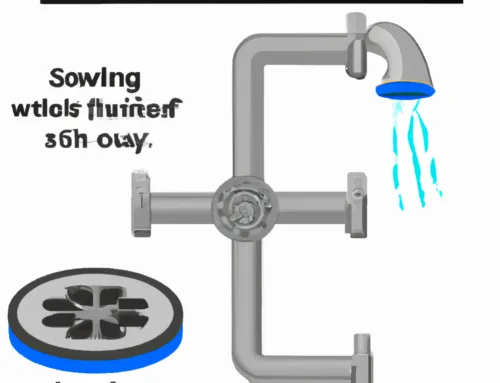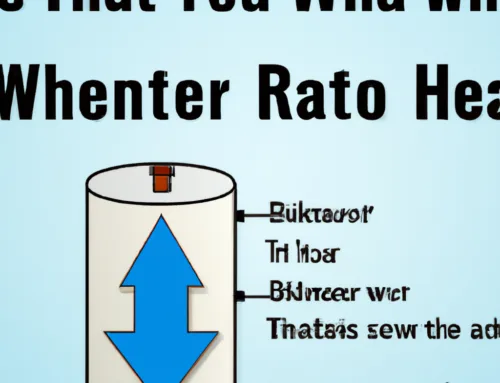Understanding the Importance of Unclogging a Toilet
Toilets are an essential part of our daily lives, and when they malfunction, it can lead to significant inconveniences. One common problem many individuals encounter is a clogged toilet. Unclogging a toilet promptly and correctly is crucial to prevent potential overflow, unpleasant odors, and possible damage to your plumbing system. More importantly, maintaining a functional toilet promotes home hygiene and health safety.
Components That Make Up the Toilet and Their Role in Clogging
The Bowl
The bowl is the part of the toilet that you see when you first enter the bathroom. It holds both clean water and waste, depending on whether or not the toilet has been flushed. If the bowl is clogged, it usually means that waste or toilet paper has become stuck in the S-bend of the toilet, preventing the normal flow of water.
The Tank
The tank is the upper part of the toilet, where water is held until the moment of flushing. A malfunctioning tank can cause overflows or weak flushes that don’t effectively clear the bowl, both of which can lead to clogs.
The Trap
The trap, or S-bend, is a curved pipe that carries waste from the bowl to the sewer pipe. It’s designed to hold a small amount of water to prevent sewer gases from entering the home. However, its shape can make it a common location for clogs.
Considerations for Different Types of Clogs
Not all clogs are the same, and the approach you take may vary depending on the nature and severity of the clog. A minor clog caused by excessive toilet paper may be easy to clear with a plunger, while a severe clog caused by a foreign object may require a toilet auger or the assistance of a professional plumber. A critical note for parents and pet owners: toys and other small objects are often culprits of severe clogs, so keep an eye on small children and pets to prevent them from throwing items into the toilet.
Practical Advice for Unclogging a Toilet
Using a Plunger
The plunger is your first line of defense against a clogged toilet. Place the plunger over the toilet’s drain hole and push down gently to create a seal, then give a firm push to dislodge the clog. Be sure to have enough water in the bowl to cover the plunger. Repeat the process until the water starts to drain.
Using a Toilet Auger
If a plunger isn’t enough, you may need to use a toilet auger. This tool is a long, flexible rod that you feed into the toilet drain to break up the clog. Be sure to follow the manufacturer’s instructions carefully to avoid damaging your toilet.
Using a Homemade Drain Cleaner
If you don’t have a plunger or toilet auger, a homemade drain cleaner could be a solution. Mix equal parts of vinegar and baking soda and pour the mixture into the toilet. Wait 20-30 minutes and then flush. The chemical reaction can help break up the clog.
When to Call a Plumber
If you’ve tried everything and the toilet is still clogged, it’s time to call a professional. A plumber has specialized tools and knowledge to handle stubborn clogs without damaging your plumbing system.
Preventing Future Clogs
Prevention is always better than a cure. Avoid flushing anything other than waste and toilet paper down the toilet. Also, try to use only the necessary amount of toilet paper to prevent build-up. Regularly cleaning your toilet can also help prevent clogs.
With these tips and tools at your disposal, you’re well equipped to handle a clogged toilet. By understanding how your toilet works and what might be causing the clog, you can take effective action to clear it. And remember, if you’re in doubt, it’s always best to call a professional. For more information about toilet maintenance and repair, visit this source.






